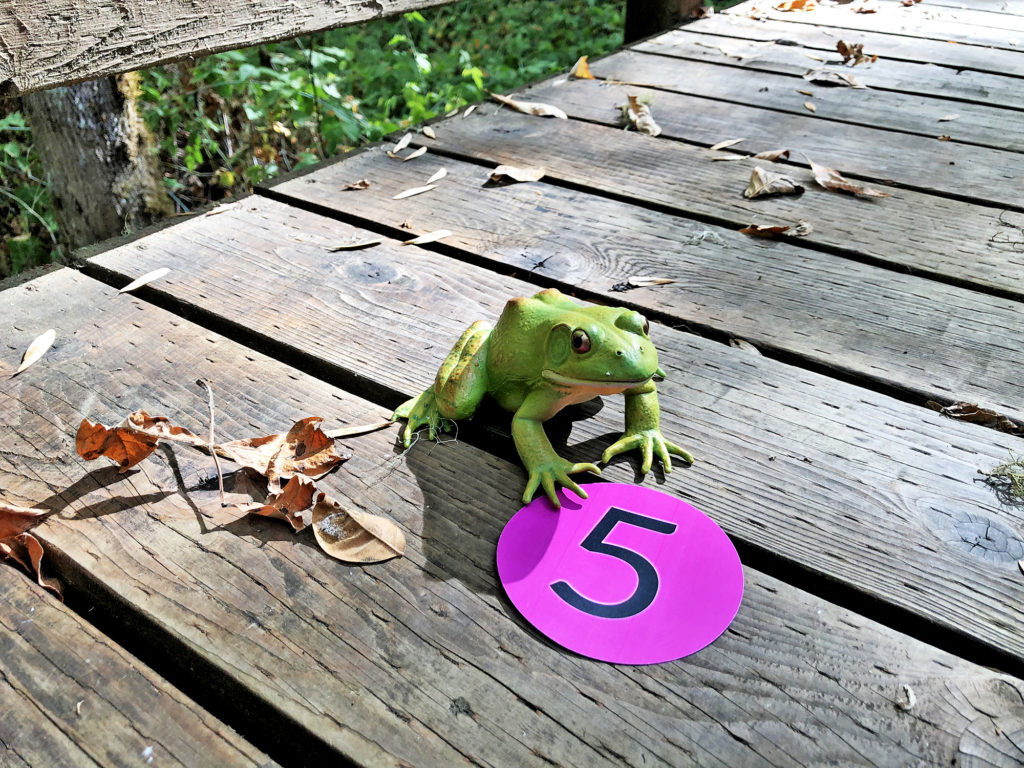
Amphibians
Amphibians
Amphibians are the vertebrates that first colonized land while remaining aquatic during at least part of their life cycle.
Learning Objective: Provide the characteristics of amphibians, including physical traits, life cycles, representative species, and typical habitats.

Amphibians are an excellent model for studying life stages.
We’ll start with a quick overview of amphibian characteristics, followed by a little more depth and links to life stages.
This video focuses in on key features that separate amphibians from other vertebrates.
Eryops, one of the earliest amphibians, is believed to have reached 10 feet in length.
Frogs and toads are the most common amphibians, but their names can be misleading.
Terminology is often constructed for ease of communication, but misconceptions can result.
One of the first biology lessons in elementary grades is on the frog life cycle.
Fill in a few gaps and learn why this is such a popular topic.
Tadpoles are breathing with gills underwater, although they are not always found in typical ponds and streams. See them is a more extreme location in this video.
Amphibians are not as frequently kept as pets as other vertebrates for a variety of reasons. This includes bans on sales due to over-collection and also concerns that released pets could become invasive species in new locations. Additionally, not all amphibians are easy to breed or maintain in captivity.
One relatively easy to care for amphibian is the freshwater Dwarf African Frog (Hymenochirus curtipes). The adults stay submerged, rising to the water surface to breath with their lungs.
New frogs showing color variation. The albino frog has two recessive alleles, which shut down another gene that would typically code for pigment production.
One month later, the frogs have grown. Notice the size of their abdomens. They require a variety of live foods for healthy growth and longevity.
A pet increasing in popularity is the Axolotl, also known as the “Mexican Walking Fish.” This is a large salamander that stays aquatic as an adult, relying on external gills for breathing.
Axolotls are close to extinction in the wild due to loss of habitat and water pollution. They require careful care in captivity and efforts are underway to try to save the species; in part due to their unique genome which has 10 times the genetic information as the human genome.
Axolotls have have a variety of naturally occurring colors due to variation in alleles. These animals are separated to minimize the chance of injury.
This is a genetically engineered neon axotoyl. It has genes from a jellyfish, which enables it to produce fluorescent proteins not naturally found in this species.
The red-eyed tree frog is one of the best known amphibian species.
Now that you have completed this section, list five characteristics of amphibians like this frog.
Amphibian life stages are complex and incorporate mitosis form cell growth and repair, as well as meiosis for production of sperm and eggs.











